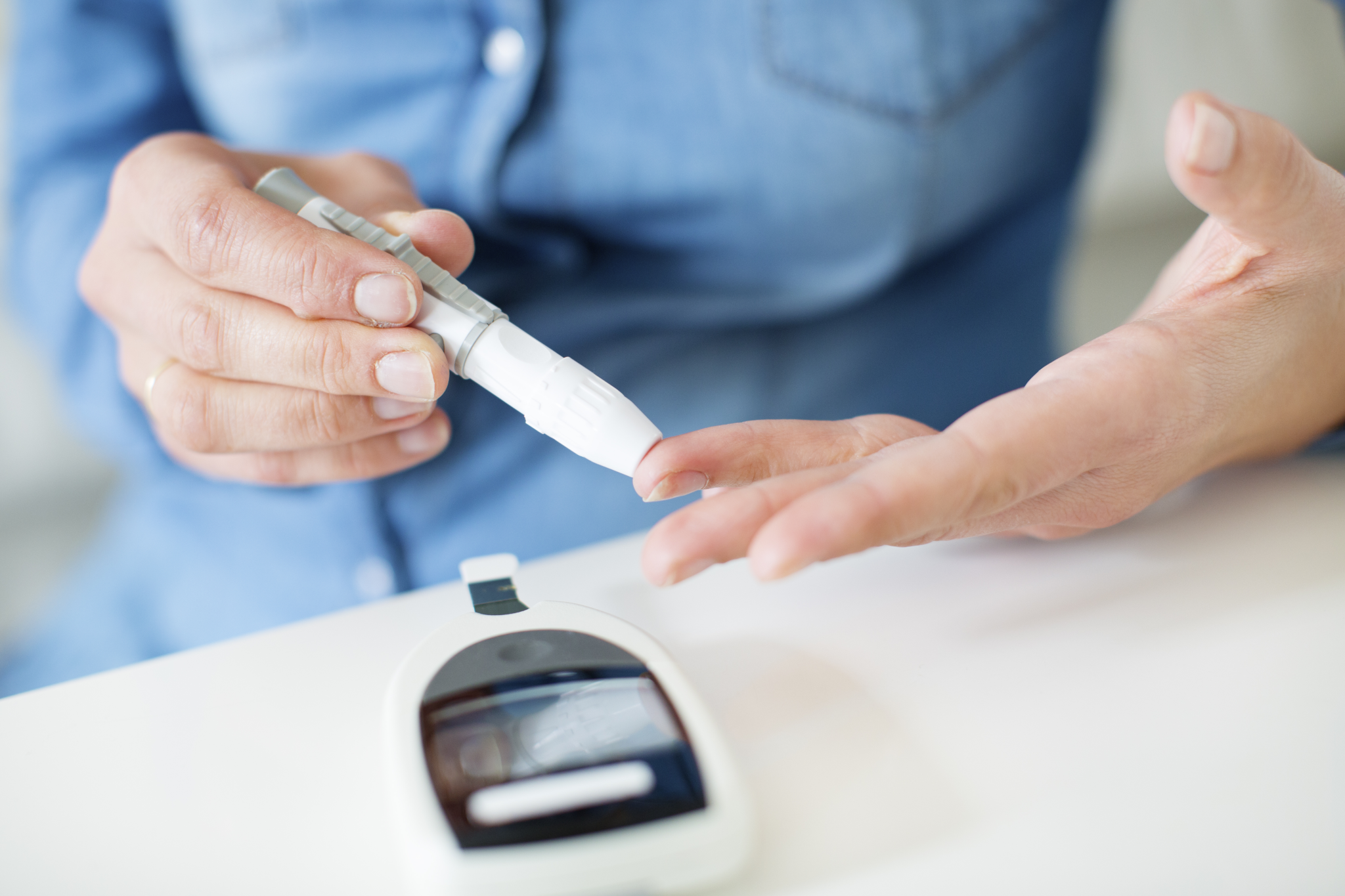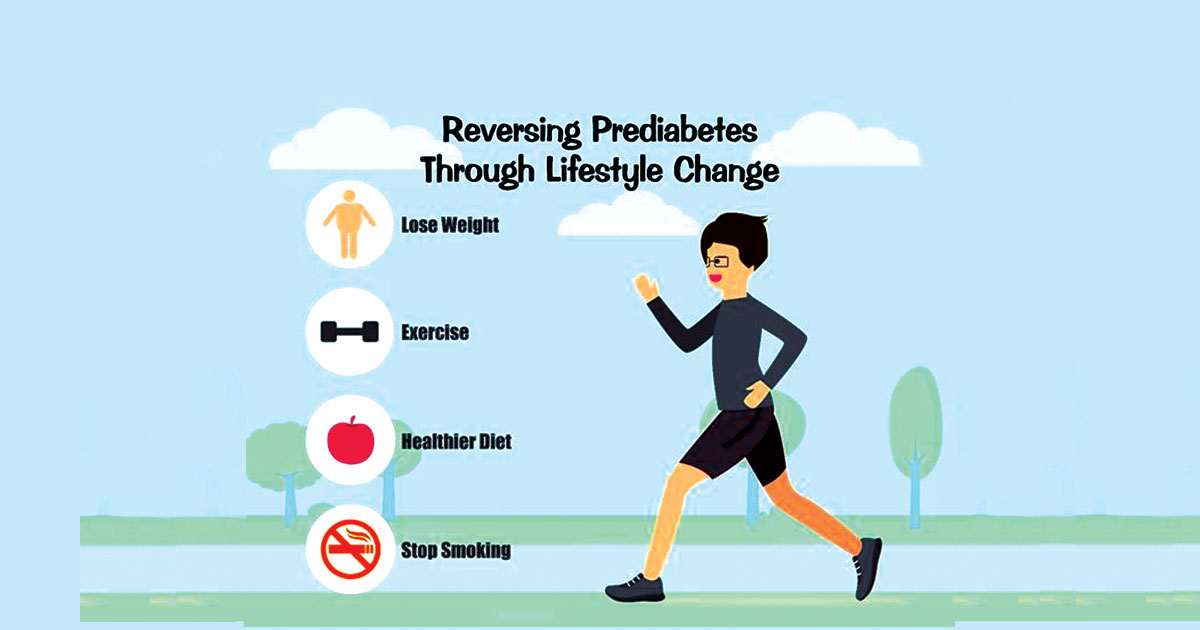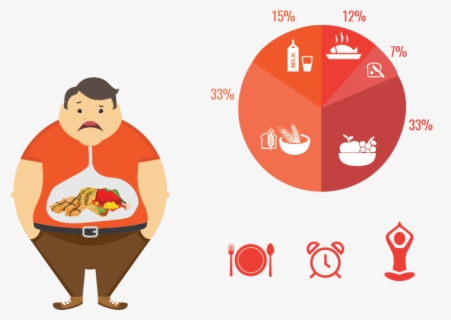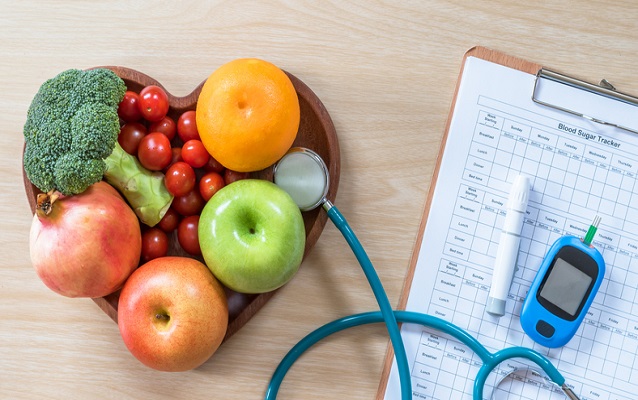Table of Contents
What Is Prediabetes?
Prediabetes is when your blood sugar level is higher than it should be but not high enough for your doctor to diagnose diabetes. They might call it impaired fasting glucose or impaired glucose tolerance. Many people think that it comes silently and never can be predicted before. But it’s not true completely.
 Reading Time: 6 minutes
Reading Time: 6 minutes
People with type 2 diabetes almost face Prediabetes first.
Let us get in detail with this;
How do you conclude?
Mostly the Prediabetes does not reveal symptoms. with a complete check, up from a diabetologist can reveal it’s happening or not.
What are the signs and symptoms for Pre-diabetes
- An A1C ( means the last 3 months blood sugar level test) between 5.7 and 6.2 percent is considered as prediabetes.
- A fasting blood sugar level from 100 to 125 mg/dL (5.6 to 7.0 mmol/L) is termed as prediabetes.
- Sudden darkness in the skin on a few parts of the body such as the neck, knuckles, armpits, knees, and elbows.
- Increase in thirst
- Fatigue (extreme tiredness resulting from mental or physical exertion or illness.)
- Blurred vision
- Frequent urination
- Excess hunger.
Is it Dangerous?
Many of us think that the prediabetic stage is not a dangerous situation as it is not diabetes. No, it is completely not true. It is not only an alarming point but a dangerous point. If a person is prediabetic then he/she is not safe anymore as the long-term damaging effects of diabetes, especially to the heart, blood vessels brain, and kidneys, start at this stage slowly.
4 Ways to fight against Prediabetes?
What to eat & what not to eat?
(Things to avoid is also added)
Proper and healthy eating will save you from diabetes. Blood sugar level must be completely okay. Please find below the following diet which will surely help you to normalize the blood sugar level.
- Reduce the intake of high carbohydrate and sugary foods and energy drinks.
- Immediately stop the consumption of tobacco or alcohol.
- Drink plenty of water to keep your metabolism appropriate.
- Maintain the vitamin D and magnesium levels as it will help to maintain your sugar level.
- Eat high fiber and a natural diet to keep your digestion and metabolism perfectly alright.
- Foods to Limit or Avoid
-
- Processed meats.
- Fried foods.
- Fatty red meat and poultry with skin.
- Solid fats (e.g., lard and butter)
- Refined grains (e.g., white bread, pasta, rice, and crackers, and refined cereals)
- Sweets (e.g., candy, cake, ice cream, pie, pastries, and cookies)
Move your body
From your brain to your joints, moving every day has the power to improve every part of your body. And it’s not just about high-impact. Proper exercise like half an hour morning and evening walk and appropriate work out will make your body cells more sensitive to the insulin which will reduce the body glucose level and ultimately inhibit the onset of diabetes.
By moving, you end up strengthening your muscles – which improves stability, balance, and coordination in the body. Don’t forget, stretching helps maintain your muscle health as well. BONES: Movement helps build more durable, denser bones.
Maintain a healthy body weight
Obesity is associated with a risk factor for diabetes. As fats stored in the cell make them resistant to the insulin. So if you have unhealthy body weight then seriously do efforts to reduce it to minimize the risk of diabetes. Maintaining a healthy weight is important for health. And also, in addition to lowering the risk of heart disease, stroke, and high blood pressure, it can lower the risk of many different cancers.
Make sure you sleep well
Sleeping well makes us feel better, more alert, energetic, and better able to concentrate and perform our daily tasks. Getting enough sleep each day is one of the most important things you can do for your health and well-being and to reduce your risk for ill-health. Insufficient or irregular sleep patterns disturb the normal functioning of the body and are associated with the risk of diabetes. Proper 6 to 8 hours of sleep at night will be helpful to revert your blood sugar level to normal again.
- Sugar in urine (revealed in a test done in your doctor’s office)
- Unusual thirst.
- Frequent urination.
- Fatigue.
- Nausea.
- Frequent vaginal, bladder, and skin infections.
- Blurred vision.
- Be more active. Aim for at least 150 minutes of moderate or 75 minutes of vigorous aerobic activity a week.
- Lose excess weight.
- Stop smoking.
- Take medications as needed.
- Eat healthy foods. Choose foods low in fat and calories and high in fiber. …
Note:
- An A1C level below 5.7% is considered normal
- An A1C level between 5.7% and 6.4% is considered prediabetes
- An A1C level of 6.5% or higher on two separate tests indicates type 2 diabetes















